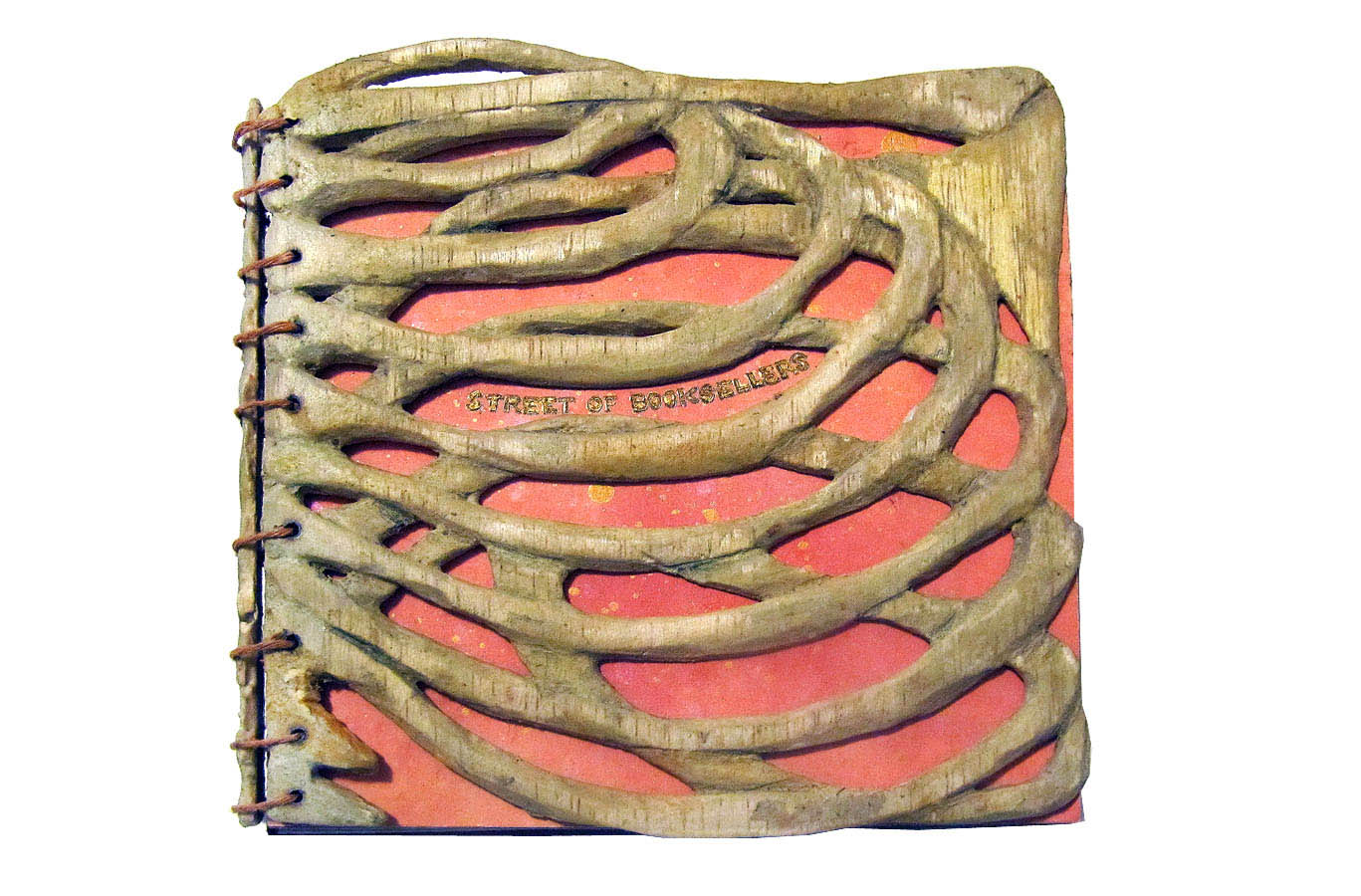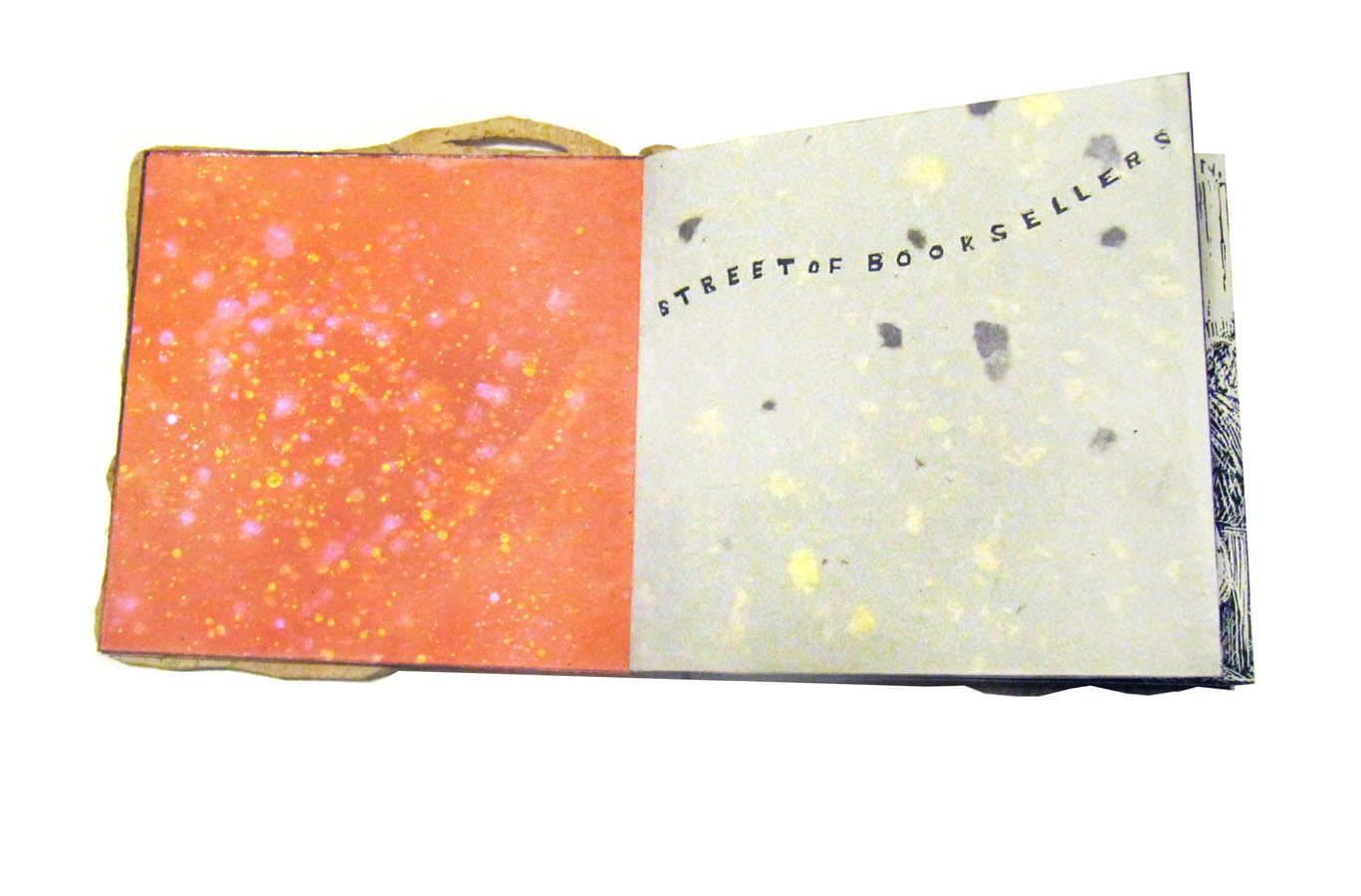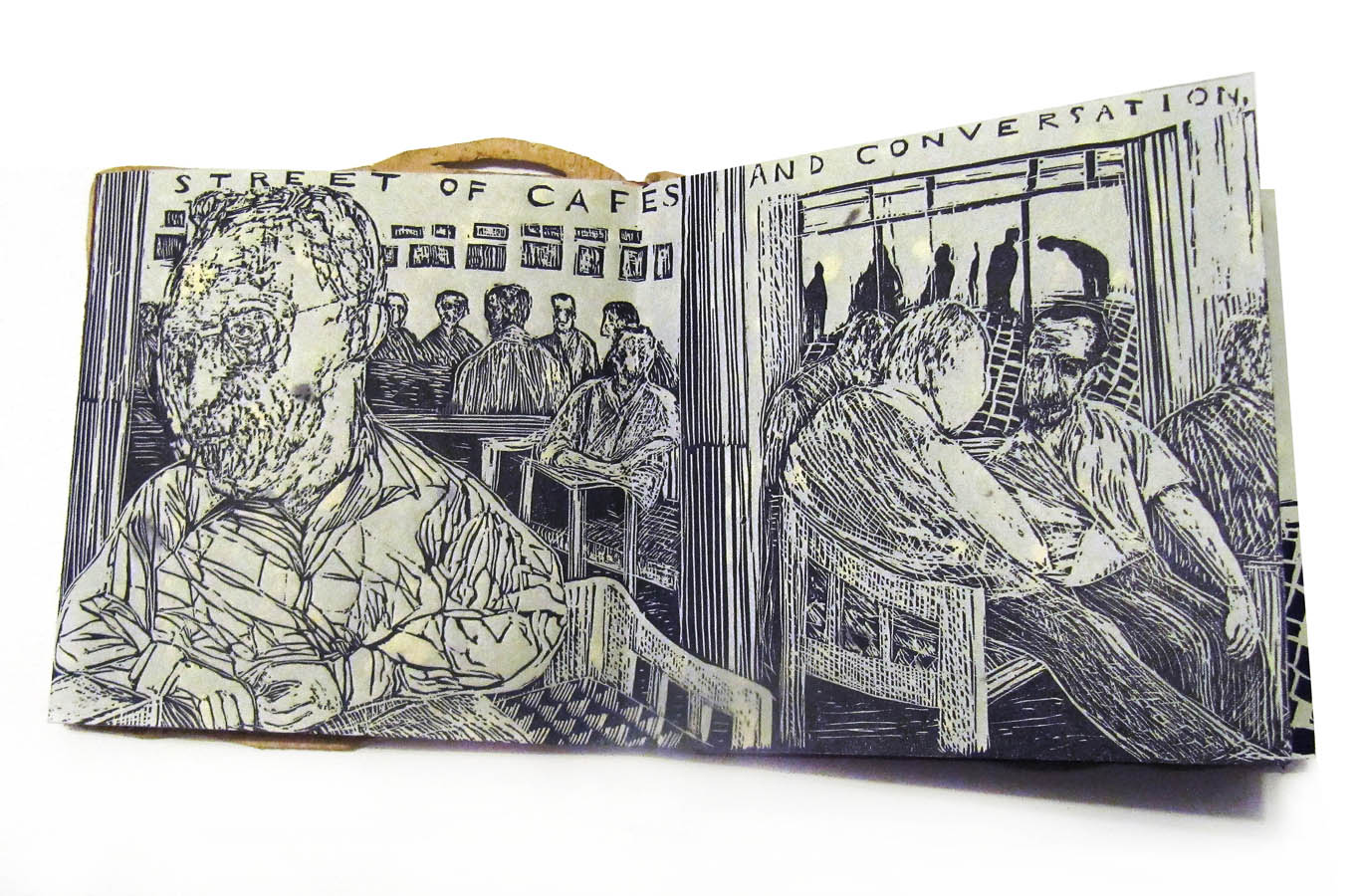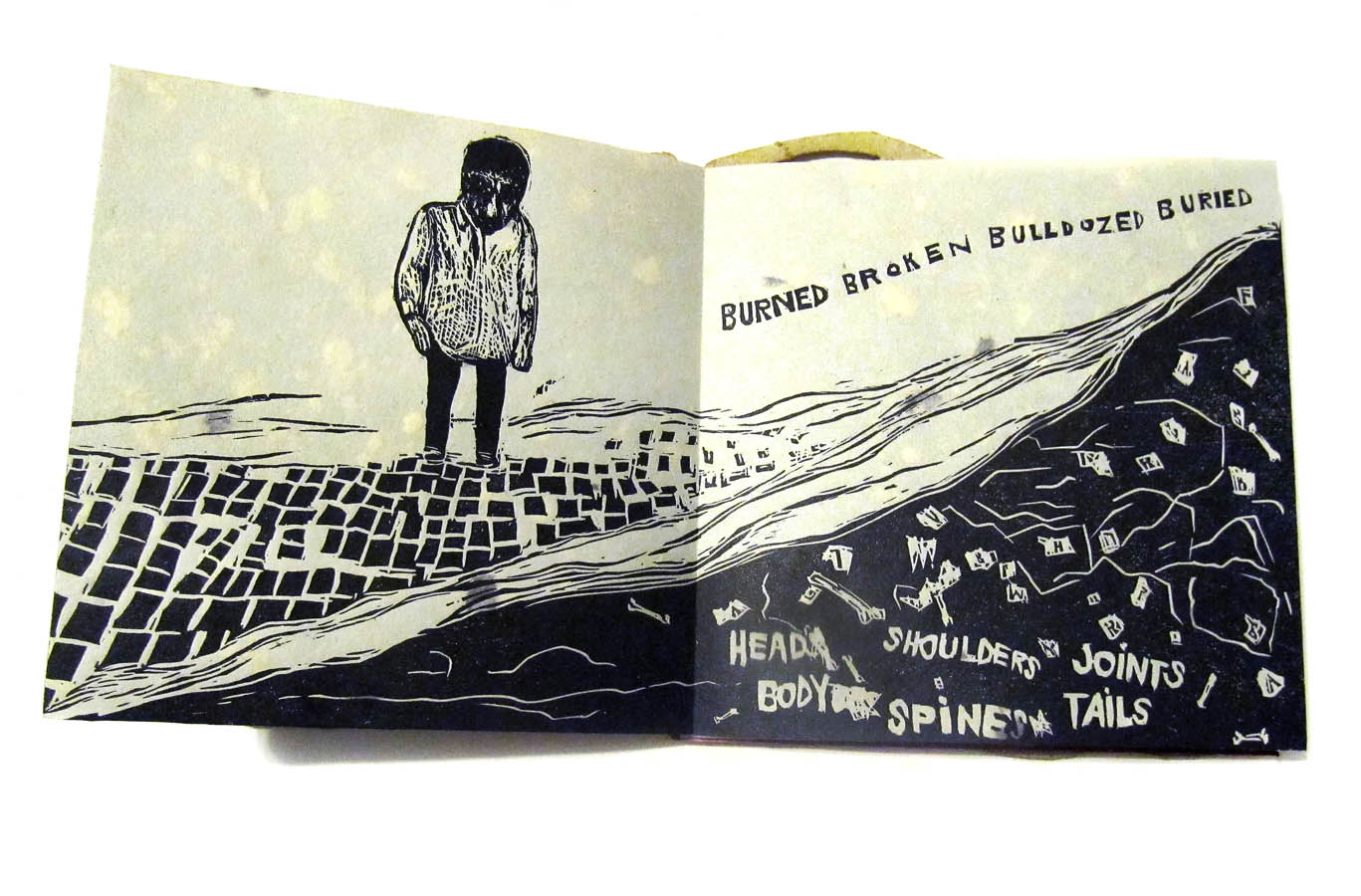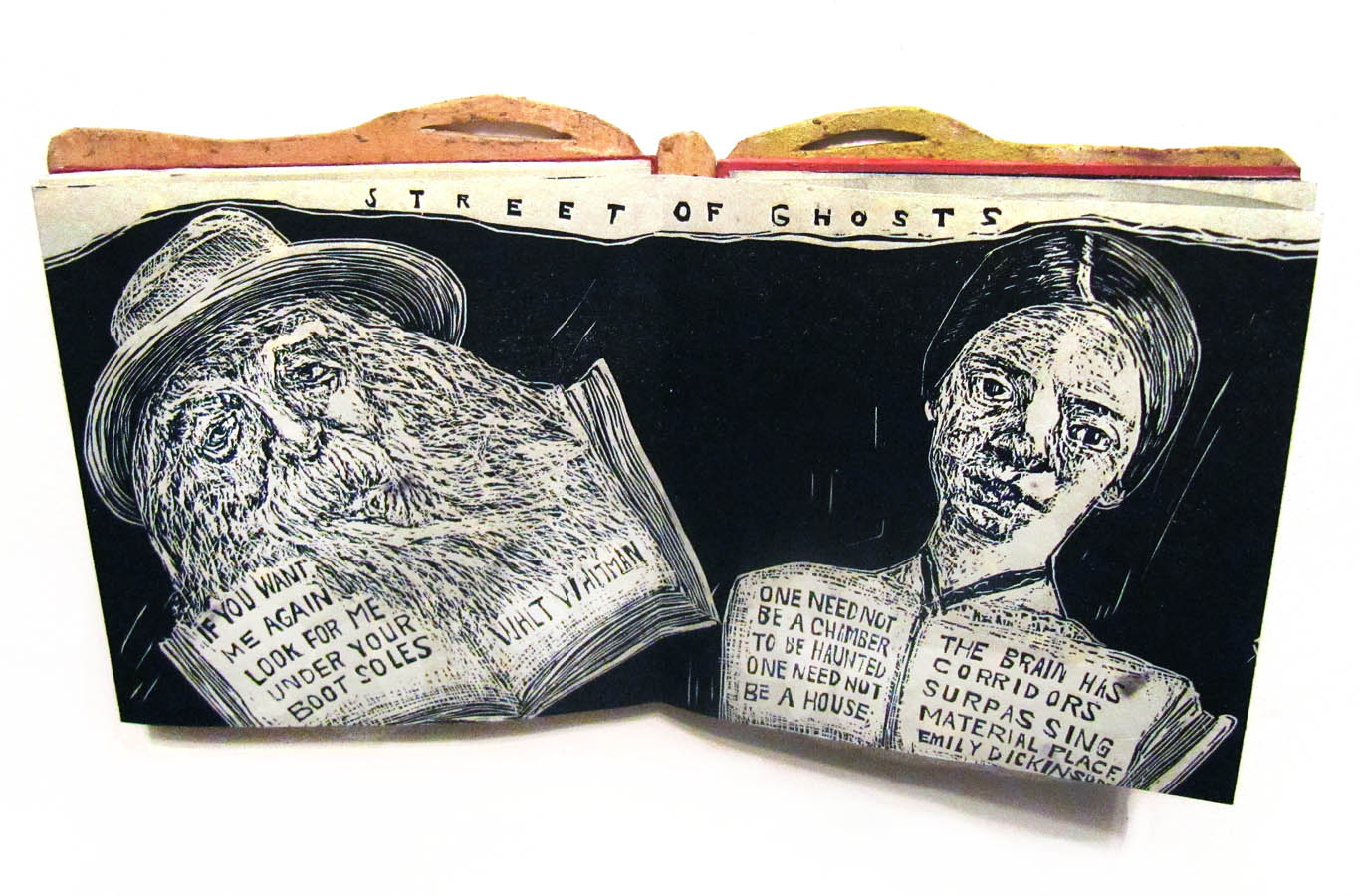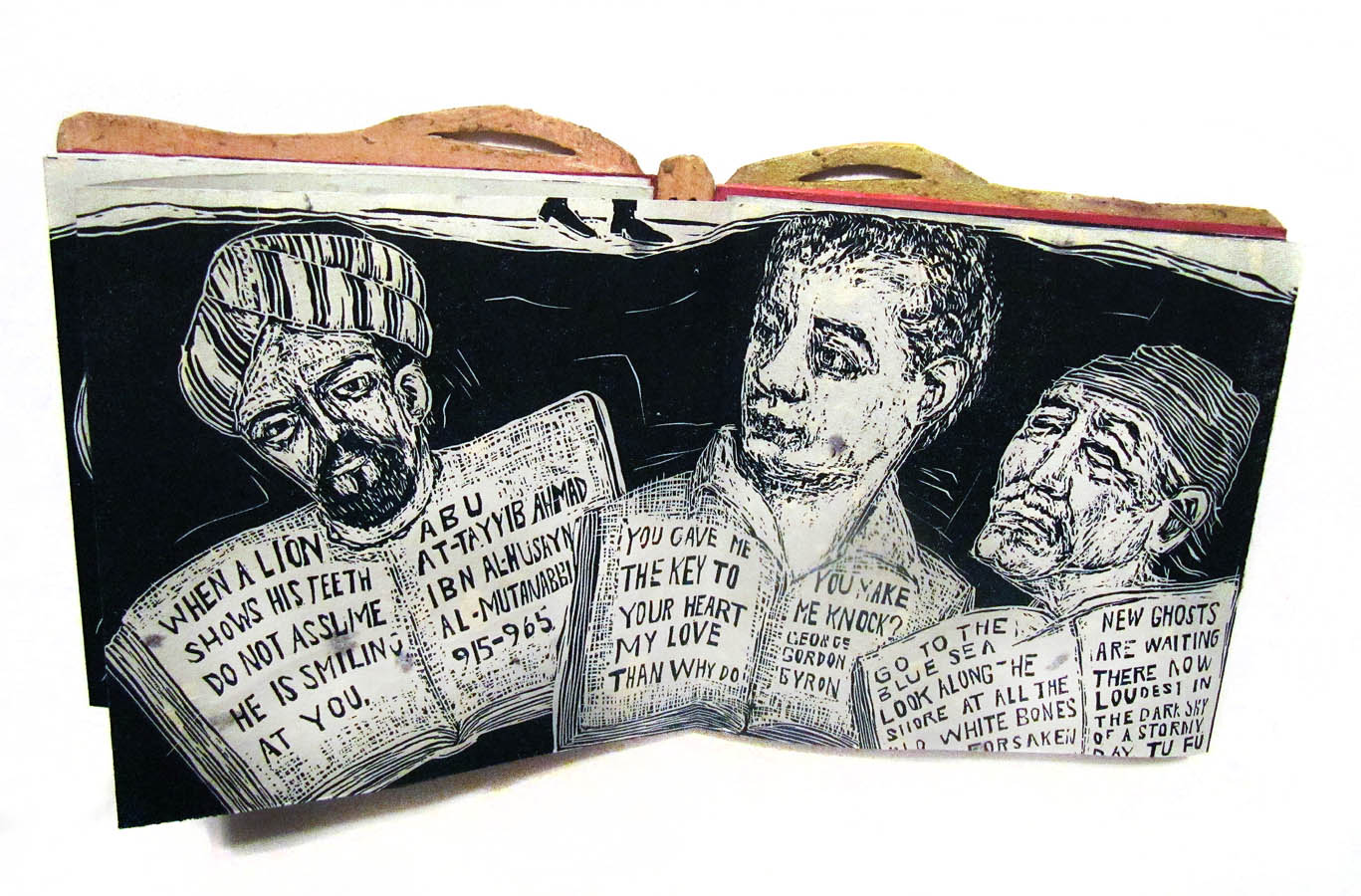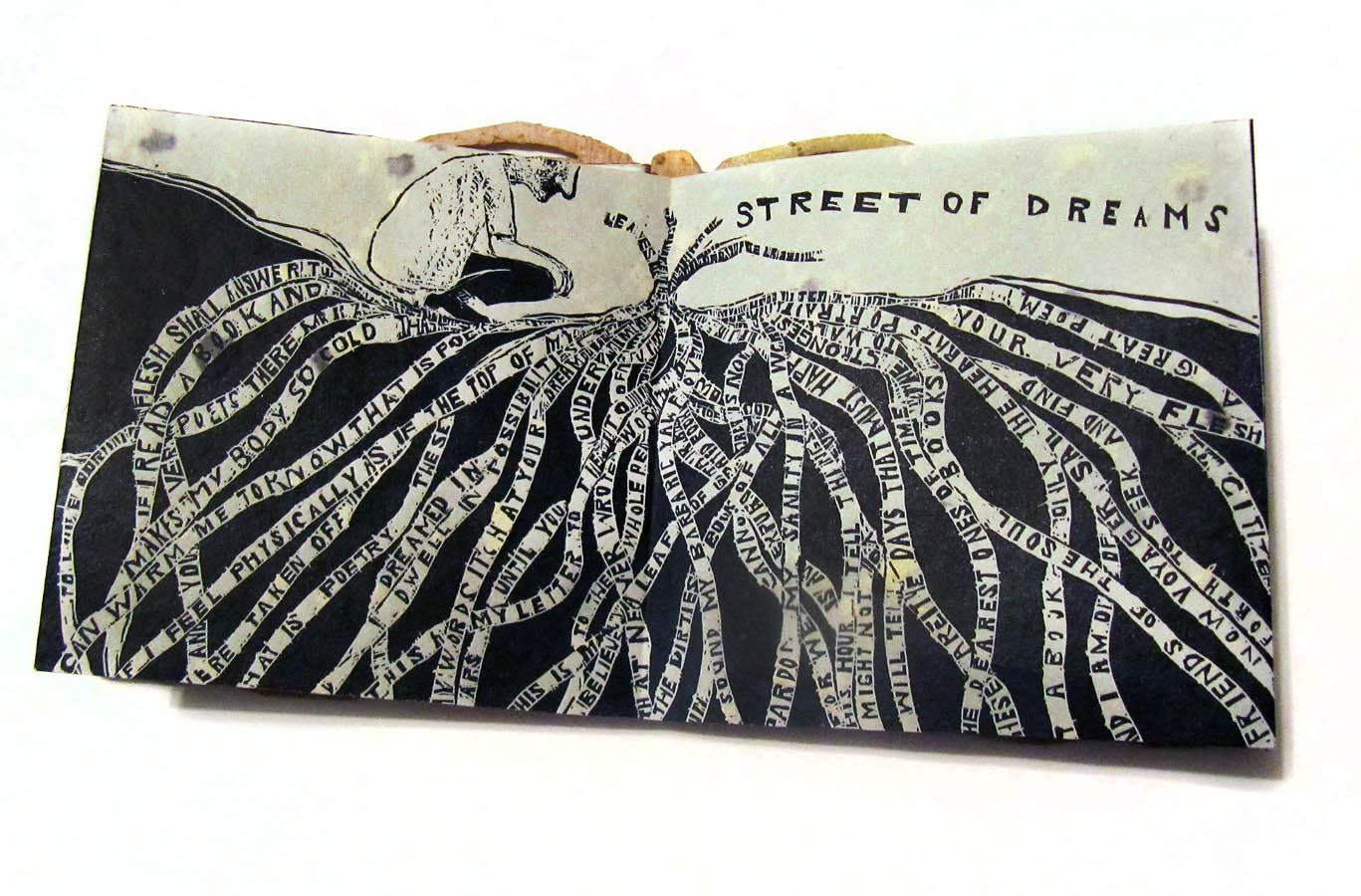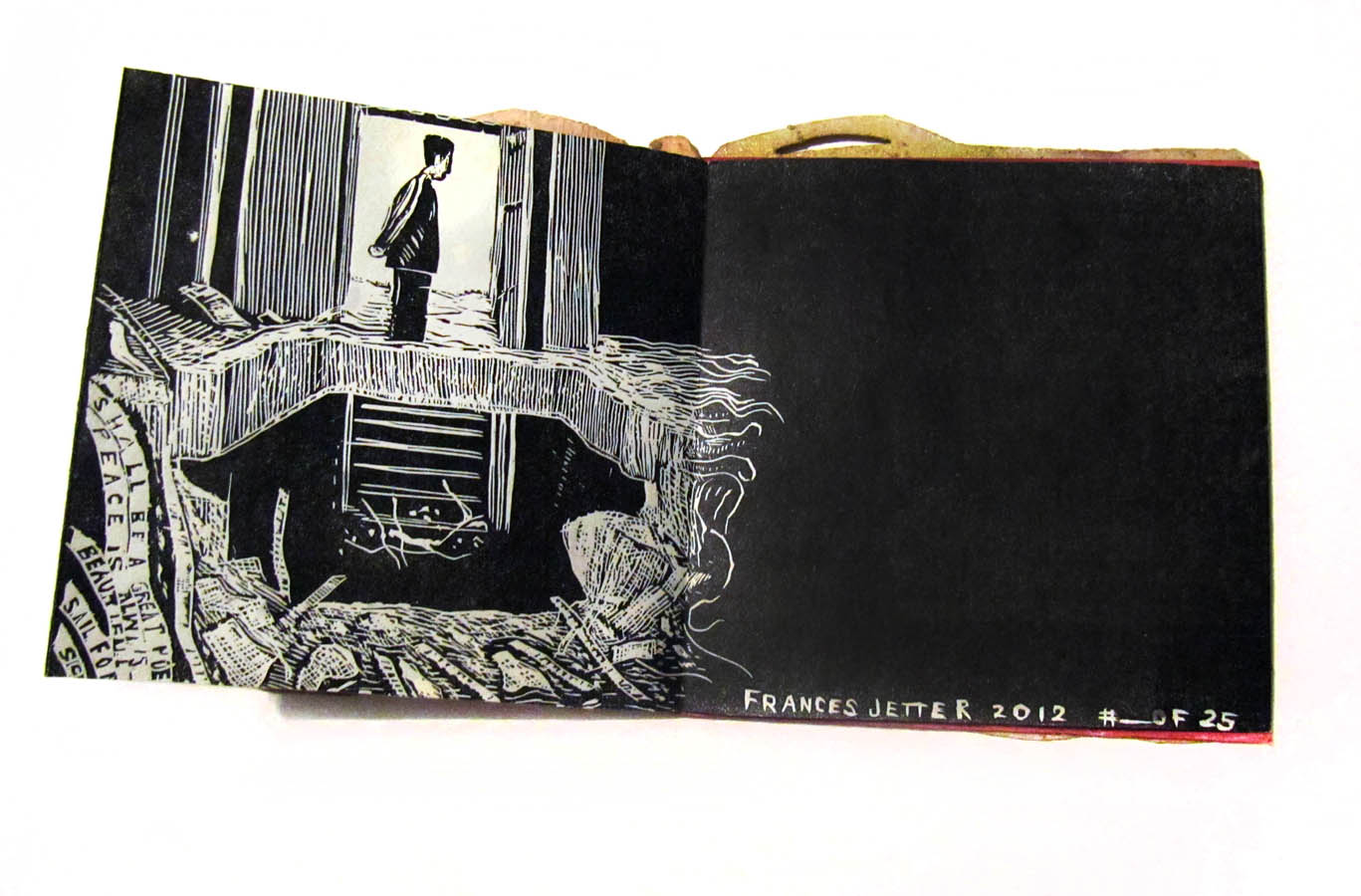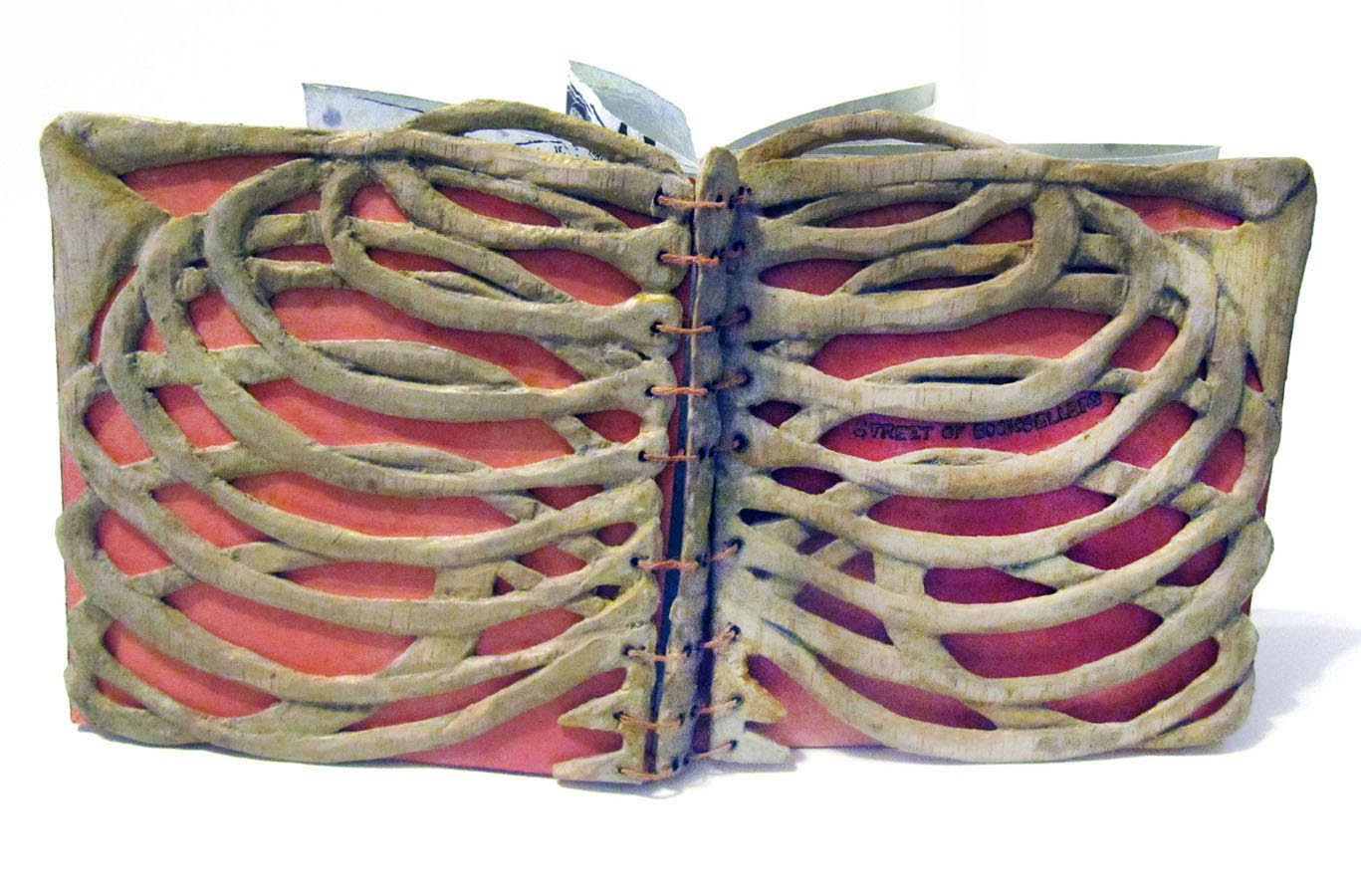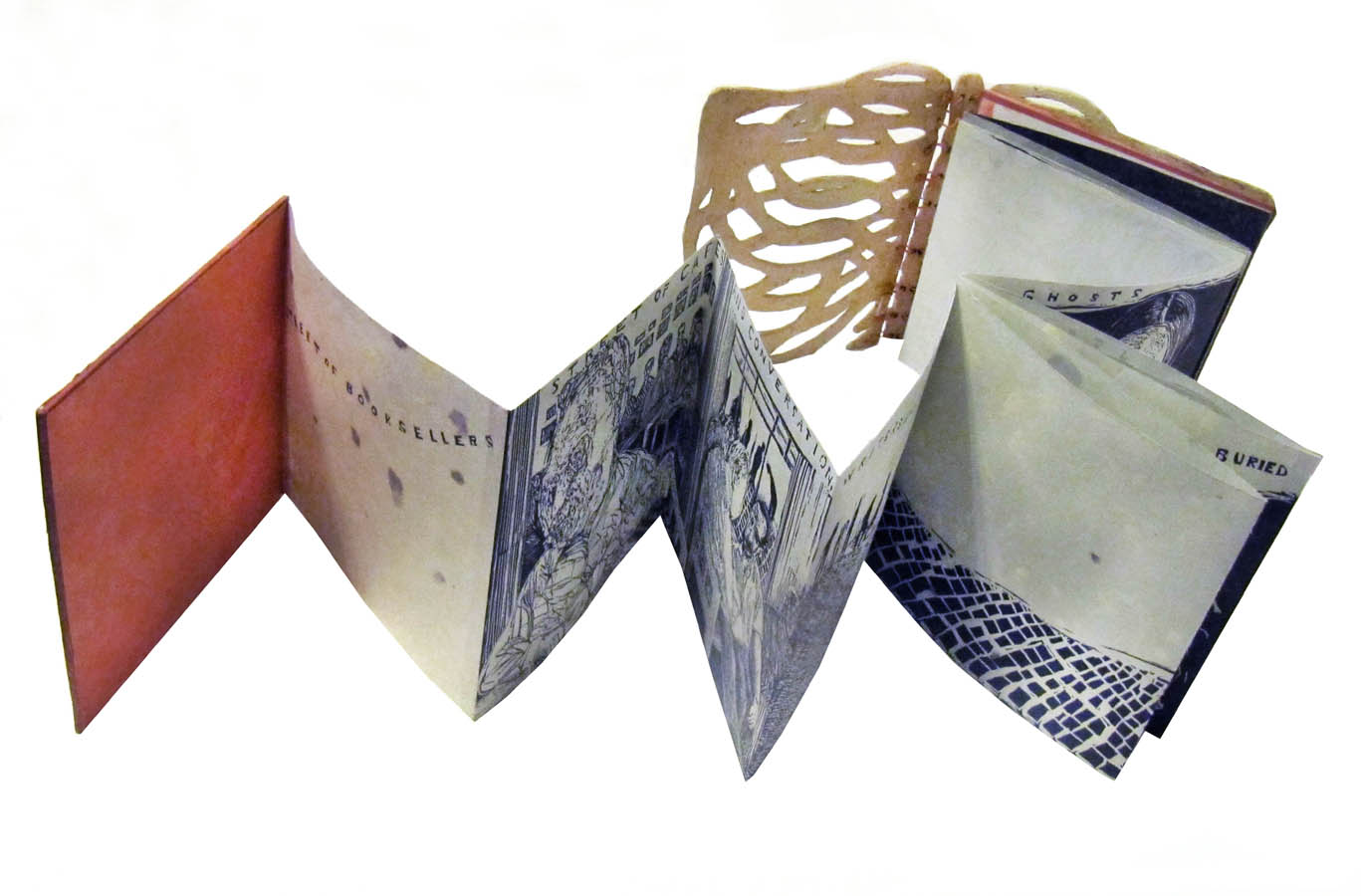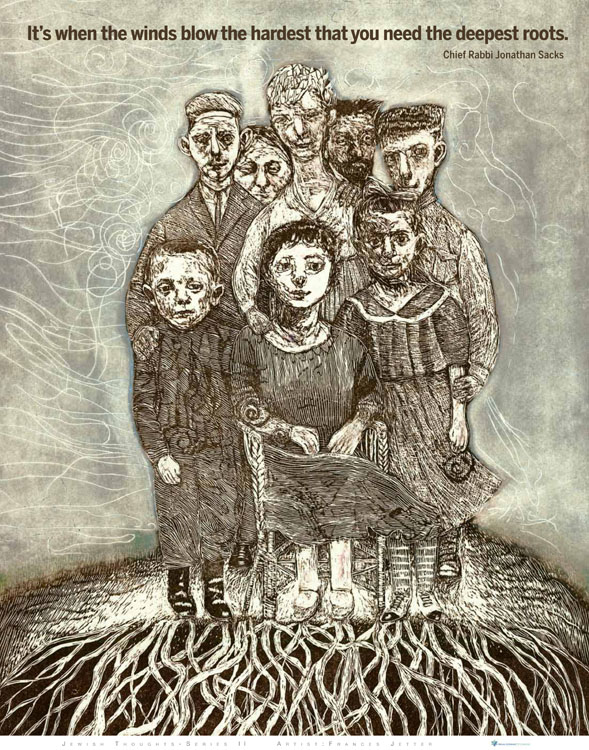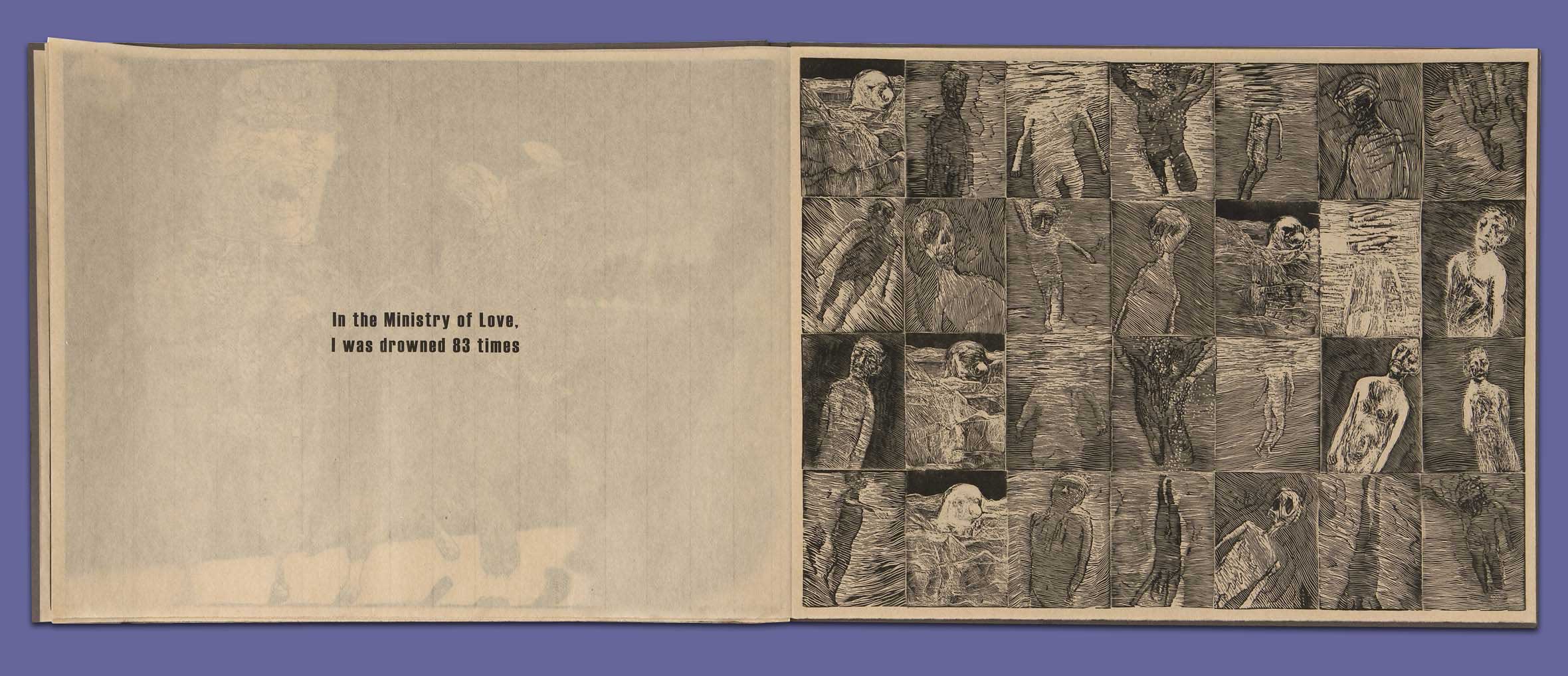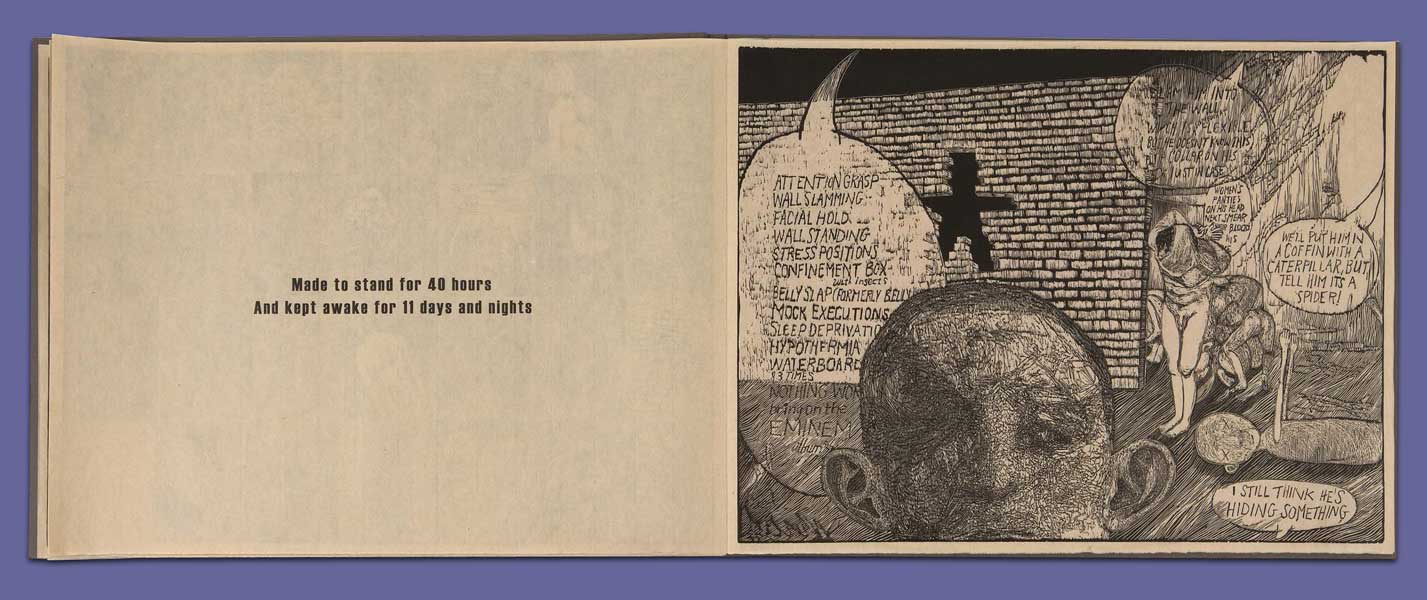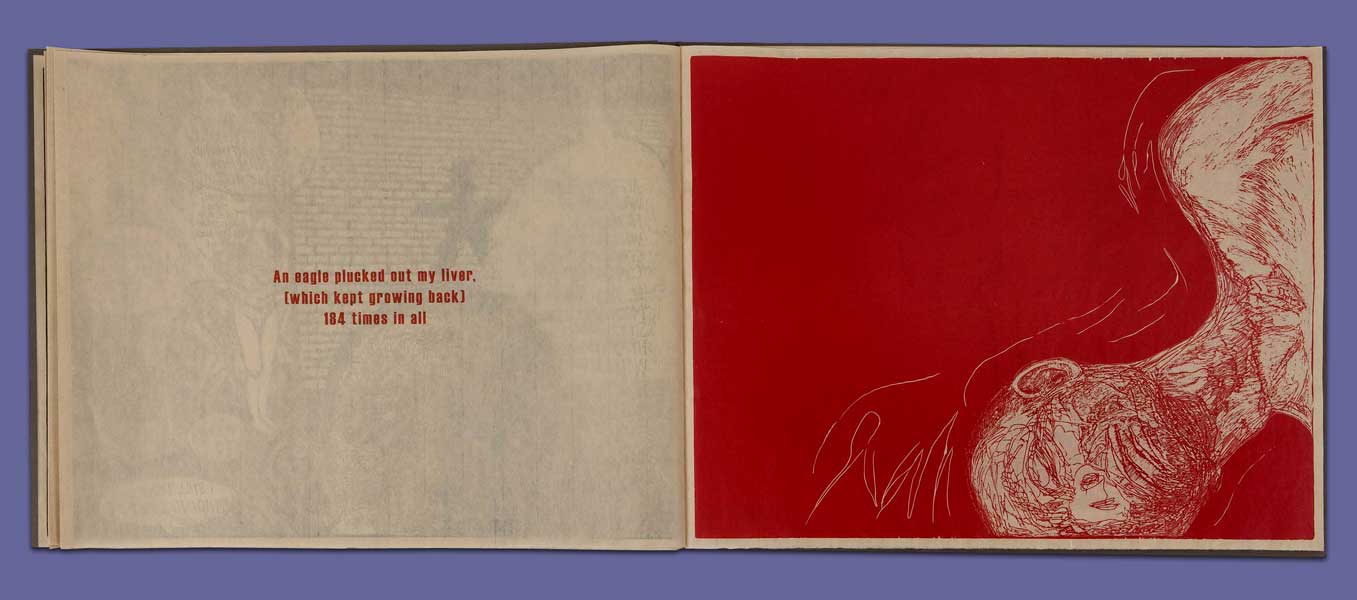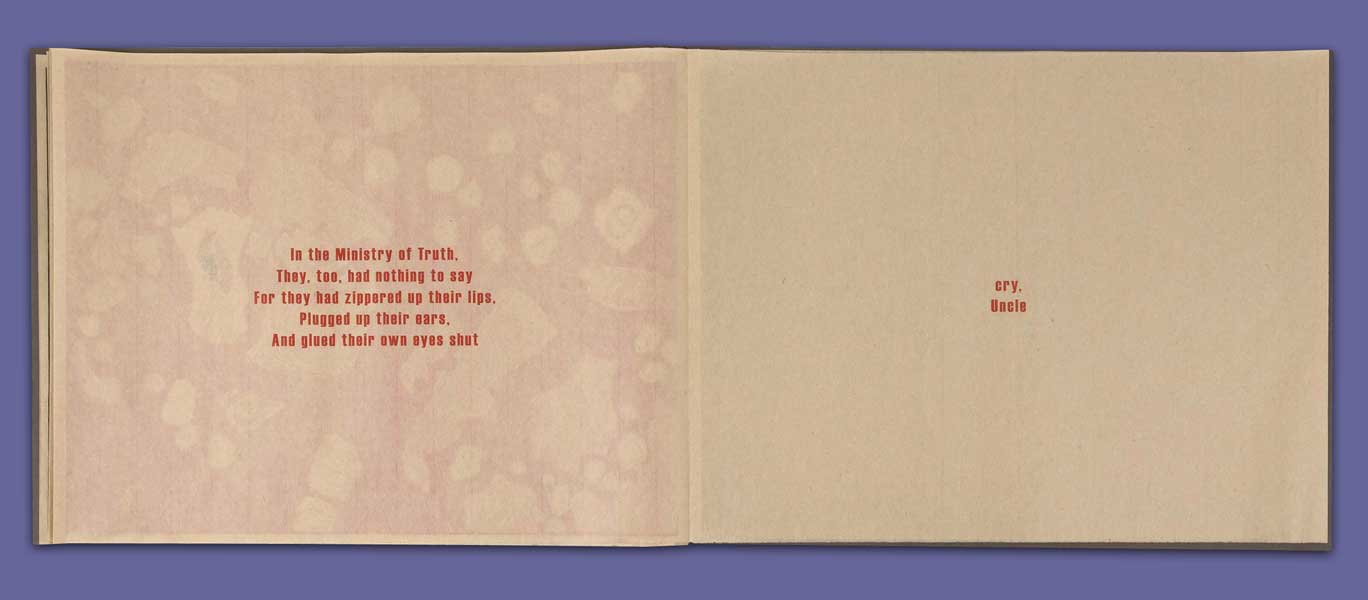SVA Subway Poster Fall 2025
Link to Frances Jetter's Amalgam
Page Under Reconstruction
Published by Fantagraphics Books — available October 8th, 2024For 12 years, I worked on an artists book about my grandfather (who came to America in 1911) and the times in which he lived. I am interested in telling stories about people and how their lives intersect with history. "Amalgam" is a pictorial history of my immigrant grandparents and their American family of factory workers, their old world ways and desire to assimilate, my grandfather's part in his labor union and the ongoing fight for a living wage. Most of the 24" x 18" images are cut from linoleum and several are lithographs. |
 |
 |
 |
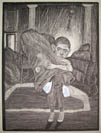 |
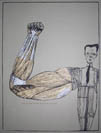 |
 |
 |
 |
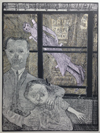 |
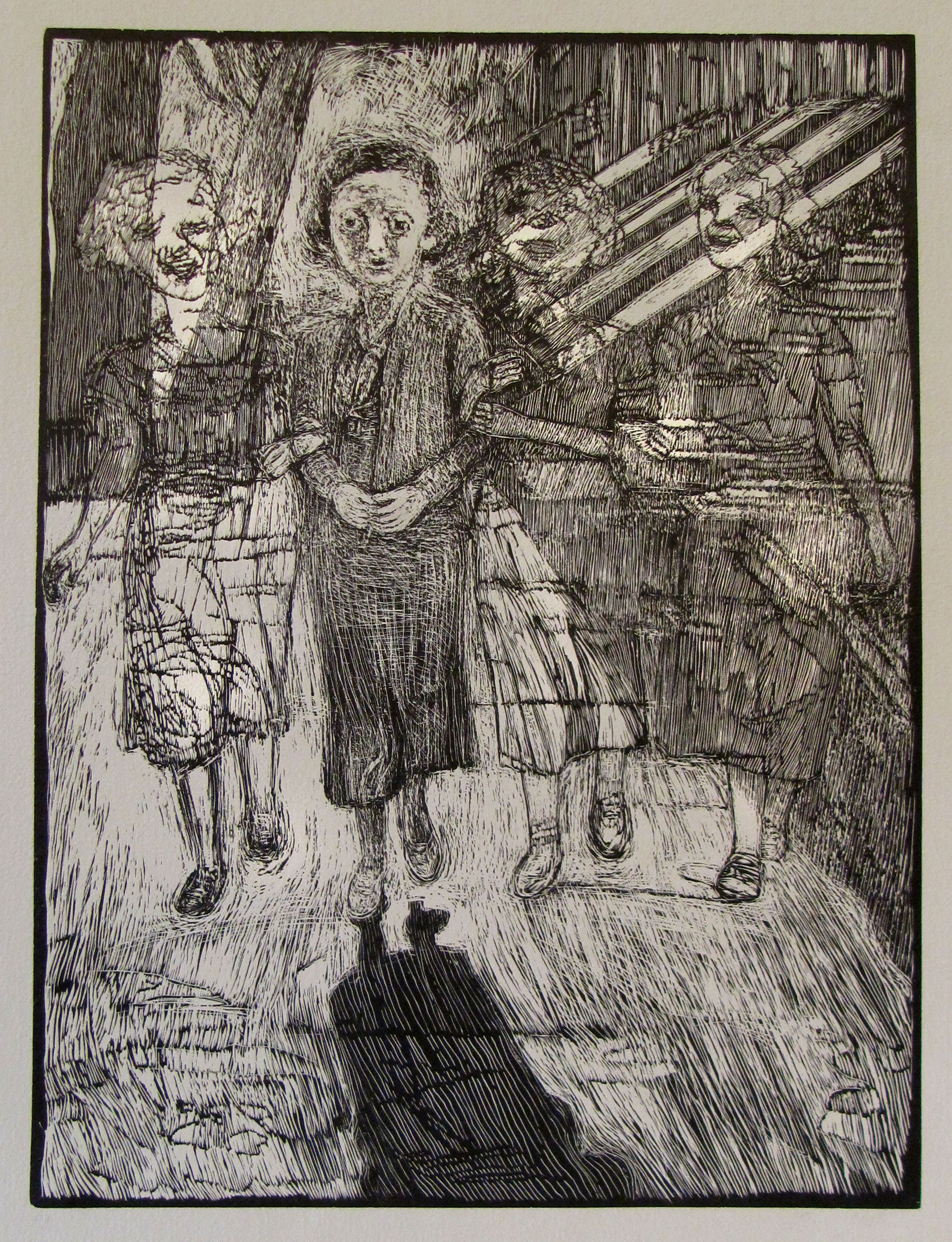 |
 |
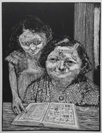 |
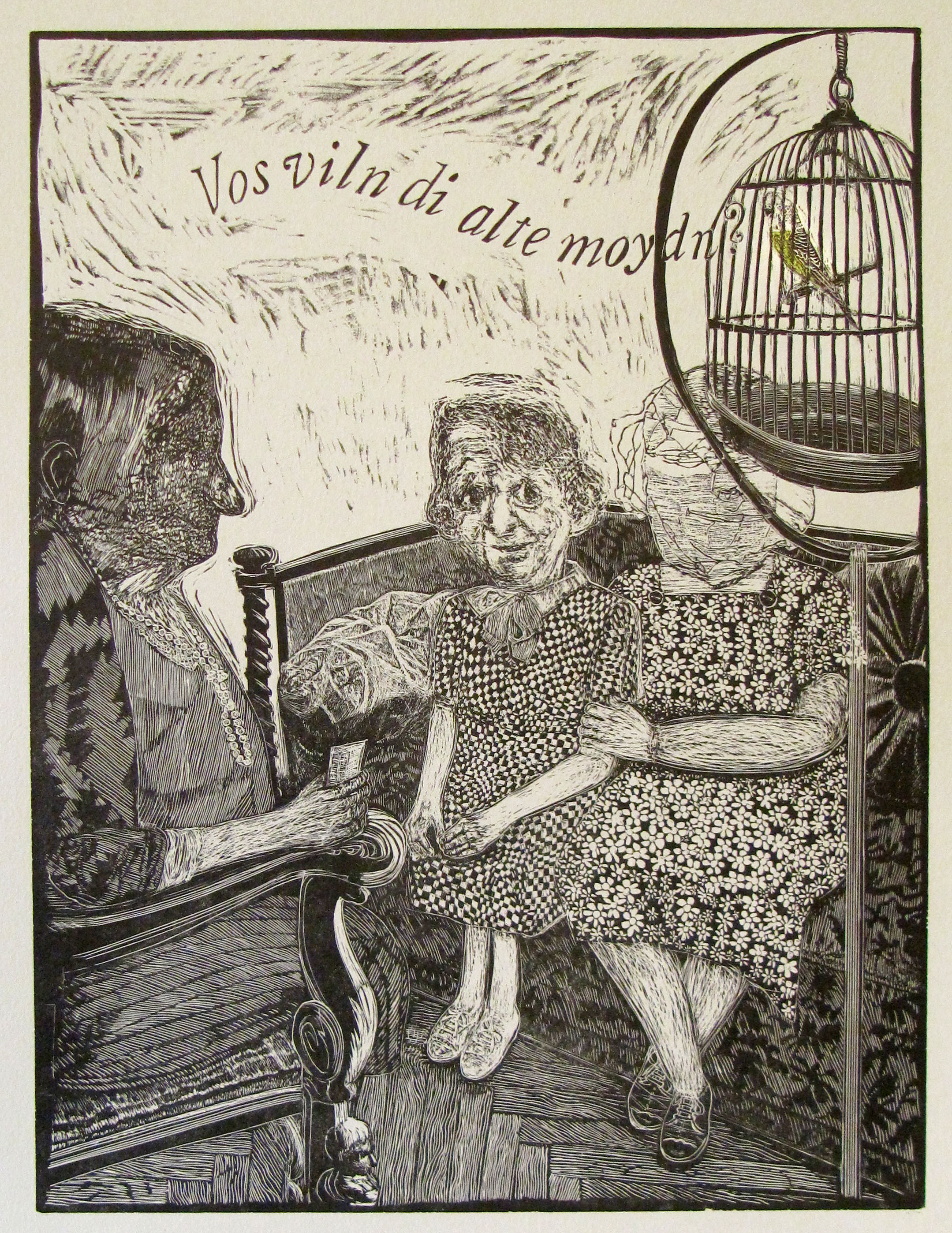 |
 |
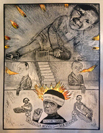 |
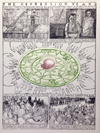 |
 |
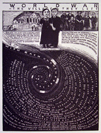 |
 |
 |
 |
 |
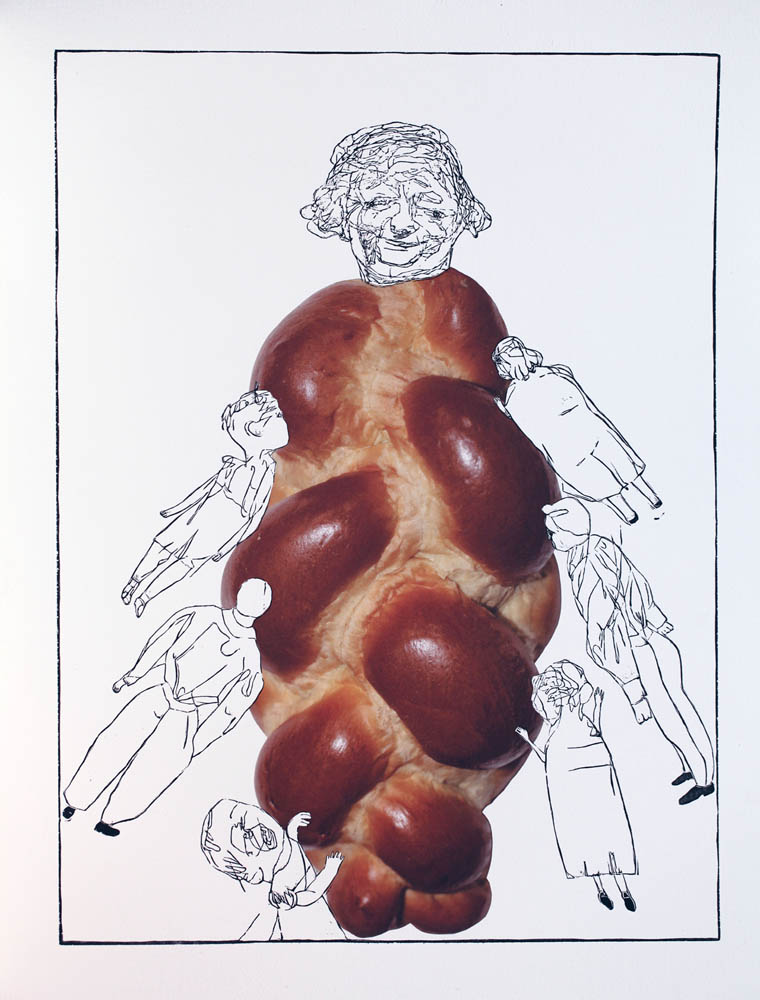 |
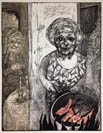 |
 |
 |
 |
 |
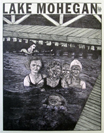 |
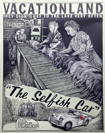 |
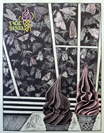 |
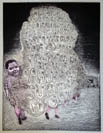 |
 |
|
 |
| © Frances Jetter 2024 |
Making the Prints for AMALGAM Justin Sanz printing
|
||
 |
 |
 |
 |
 |
 |
 |
 |
 |
 |
 |
 |
Ian Harkey working on the chine colle pieces
|
||

